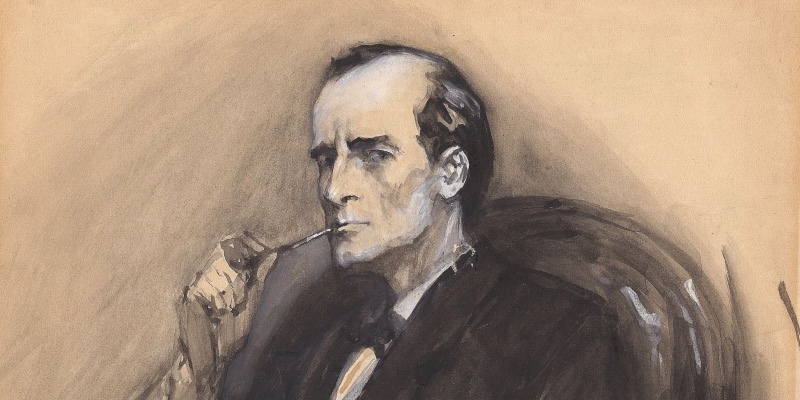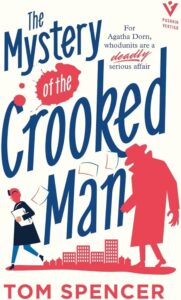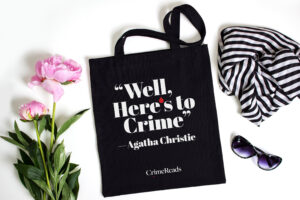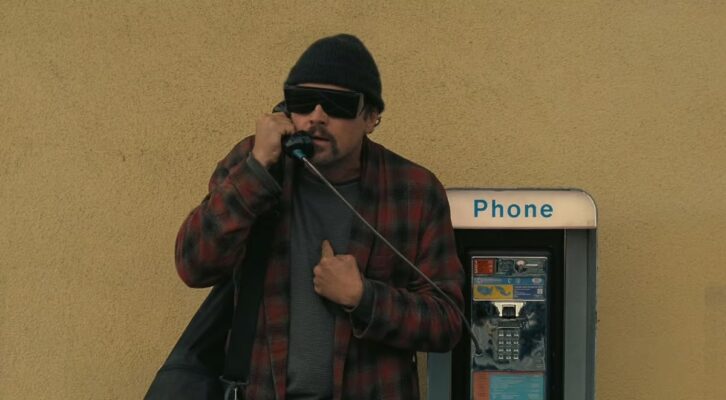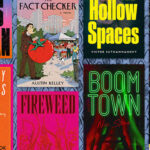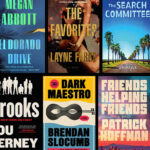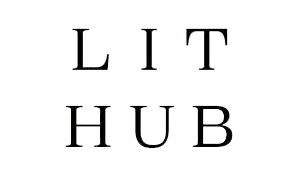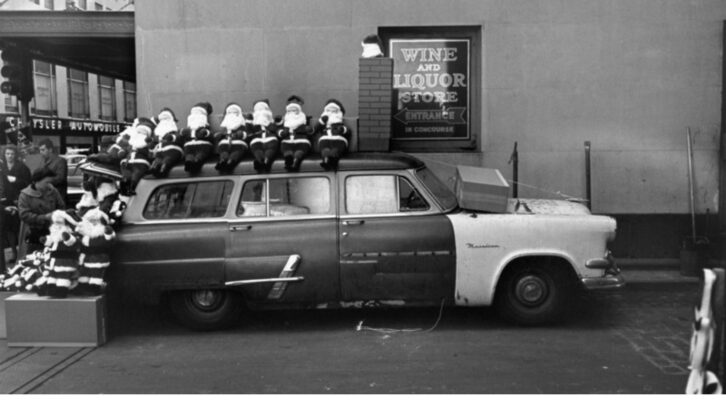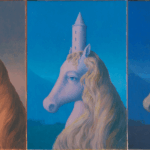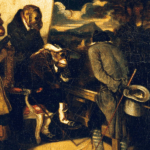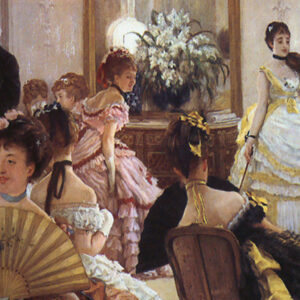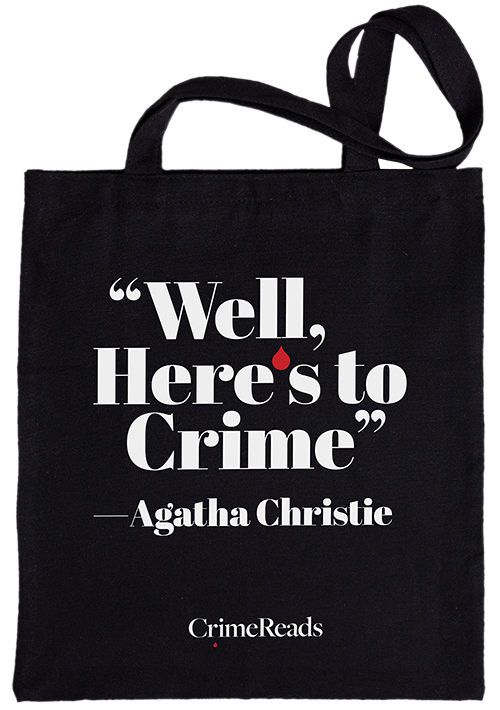In the course of trying to sell my Golden Age-inspired mystery novel, I found myself one day describing its plot to a literary agent. “Well of course, we don’t do this kind of middlebrow stuff,” he said to me. Now, as the author of an academic monograph on middlebrow fiction, I was both a bit insulted – he seemed to be implying that middlebrow fiction was below him – and somewhat intrigued. (A friend whom I told about the incident said I should have quoted Aslan in response: “Do not cite the deep magic to me, Witch. I was there when it was written.”) I was intrigued because I had never thought of mystery fiction as an especially middlebrow form – I had thought I was writing genre fiction. What had he meant?
Well, what does middlebrow mean? The term circulated most widely during the 1920s in the United Kingdom (during the so-called “Battle of the Brows”) and during the 1950s in the US, and its status as a derogatory term comes from the fact that it tells what we might call a double lie. On the one hand, like popular, or mass culture, it frequently misrepresents the world as being basically beautiful, just, and generally suited to our flourishing. On the other hand, unlike mass culture – a romance novel, e.g. – which wears its status as a wish-fulfillment fantasy more or less on its sleeve, middlebrow culture pretends to be the truth. By borrowing stylistic devices and tropes from high culture, it pretends to its audience that it is presenting an honest picture of a just world. Passing itself off as high culture makes it dangerous – serious people are liable to be fooled by its masquerade. As Dwight Macdonald, author of the famous anti-middlebrow polemic “Masscult and Midcult” (1960) wrote, “Let the masses have their Masscult, let the few who care about good writing, painting, music, architecture, philosophy, etc., have their High Culture, and don’t fuzz up the distinction with Midcult”: its meddling with the boundary between high and low is what makes middlebrow culture so problematic.
Was that what my novel was doing? Well, I suppose, yes. I was indeed borrowing stylistic devices and tropes from high culture. Like some other recent detective novels such as Anthony Horowitz’s Magpie Murders, Alex Pavesi’s Eight Detectives, and Kate Atkinson’s Death at the Sign of the Rook, my novel is self-conscious about its status as a detective novel, making frequent references to the mystery tradition, especially Agatha Christie. This self-consciousness might be described as a gentle, or middlebrow, version of high-cultural postmodernism’s tendency to engage in similar games of self-referentiality. At the same time, my novel, like most detective novels, has a somewhat formulaic plot that presents a world that is ultimately framed as just – the murderer gets exposed and punished, and at the end of the story much is right with the world. So far, so middlebrow, I guess.
Of course, such self-referentiality has long been a staple of detective fiction. Golden Age novels are forever all-but revealing themselves as clever puzzles rather than true representations of reality. Characters are always saying things like “This is just like what would happen in a detective novel!” One, John Dickson Carr’s The Hollow Man (1935, also published as The Three Coffins), even has its detective admit that he is a character in a novel.
And there is some precedent for considering novels in the Golden Age tradition as middlebrow. One critic, Melissa Schaub, has written a monograph defining “classic British detective fiction” as middlebrow; another refers to Agatha Christie as “queen of the ‘middlebrows.’” Raymond Chandler’s famous takedown of the Golden Age style, “The Simple Art of Murder,” has been characterized as an anti-middlebrow essay on similar grounds to those I describe above – the Golden Age story provides a genteel, neutered version of the hard reality of murder depicted in Chandler’s hard-boiled tradition. Perhaps detective novels are middlebrow after all?
But let’s say all this is true. Like many writers (I imagine), when I wrote my novel, I was trying to write the kind of book that I would like to read. Of course, there’s no accounting for taste. But I think, in the end, that I don’t want to apologize for being a middlebrow reader and a middlebrow writer. I don’t feel in danger of being fooled by middlebrow culture’s double lie – I know that I’m reading a fantasy version of the world. Or rather, there’s a certain amount of disavowal going on with middlebrow reading – as the French psychoanalyst Octave Mannoni had it, “I know very well, but all the same.” That is to say, I find the vision of an ultimately just world provided by detective fiction to be sustaining, even as I know that that’s not really how the world is. I enjoy popular books that play ingeniously with the tropes of high culture. And I find the formula plots of the detective novel – and the many deft changes detective authors are able to ring on that same basic plot – to be tremendously absorbing, without being in danger of believing that it’s a true representation of the world. And luckily, in the end, I was able to find an agent and a publisher who “do this kind of middlebrow stuff.” Perhaps it’s OK to say so without apology.
***
Featured image: Sherlock Holmes, by Sidney Paget, 1904.

